The Songs Became Legends. The Names Behind Them Faded into Trivia.

Some songs are so catchy, so iconic, they never really leave the spotlight. You still hear them at weddings, in commercials, or blasting from a bar’s throwback playlist. But the artists who made them? For most people, their names draw blank stares. These are the unforgettable one-hit wonders that left a permanent mark—even if their creators quietly faded into the background.
1. Gangnam Style – PSY

When “Gangnam Style” hit YouTube in July 2012, it didn’t just go viral, it redefined what viral meant. Within five months, it became the first video ever to reach one billion views. PSY, a South Korean rapper and performer, crafted the song as a satirical look at the wealthy Gangnam district of Seoul, parodying materialism and status. Its now-iconic horse-riding dance, surreal visuals, and tongue-in-cheek lyrics made it a global hit, earning PSY a spot on talk shows, stage collaborations with Madonna, and even recognition from UN Secretary-General Ban Ki-moon.
Despite its staggering success, PSY couldn’t replicate that fame in the West. Follow-ups like “Gentleman” and “Daddy” gained traction in Asia but barely made a dent in U.S. charts. While PSY remains a prominent figure in South Korea, founding his own label, P Nation, his Western visibility quickly faded. Today, “Gangnam Style” remains a case study in internet fame, ubiquitous, explosive, and nearly impossible to follow up. The song’s legacy lives on in meme culture, stadium anthems, and YouTube’s very infrastructure, which had to be upgraded due to its unexpected traffic.
2. Macarena – Los del Río

Few songs have triggered a dance craze quite like “Macarena.” Originally released by Spanish duo Los del Río in 1993, it wasn’t until the 1995 remix by the Bayside Boys that it became a worldwide sensation. The remix added English lyrics and a pop-friendly beat that turned it into a wedding and party staple. By 1996, it topped the Billboard Hot 100 for 14 weeks and ranked as one of the biggest hits of the decade. Its simple side-step-and-hip-sway routine became instantly recognizable, from school dances to presidential campaigns.
Despite its longevity, Los del Río never followed it up with another international hit. The duo continued performing in Spain and Latin America but remained one-hit wonders in the English-speaking world. Interestingly, the original “Macarena” was a slower, flamenco-style track inspired by a young dancer they met in Venezuela. The Bayside remix is what gave it its life as a cultural juggernaut. Today, everyone knows the dance—even if no one can name the guys who started it.
3. Take On Me – A-ha
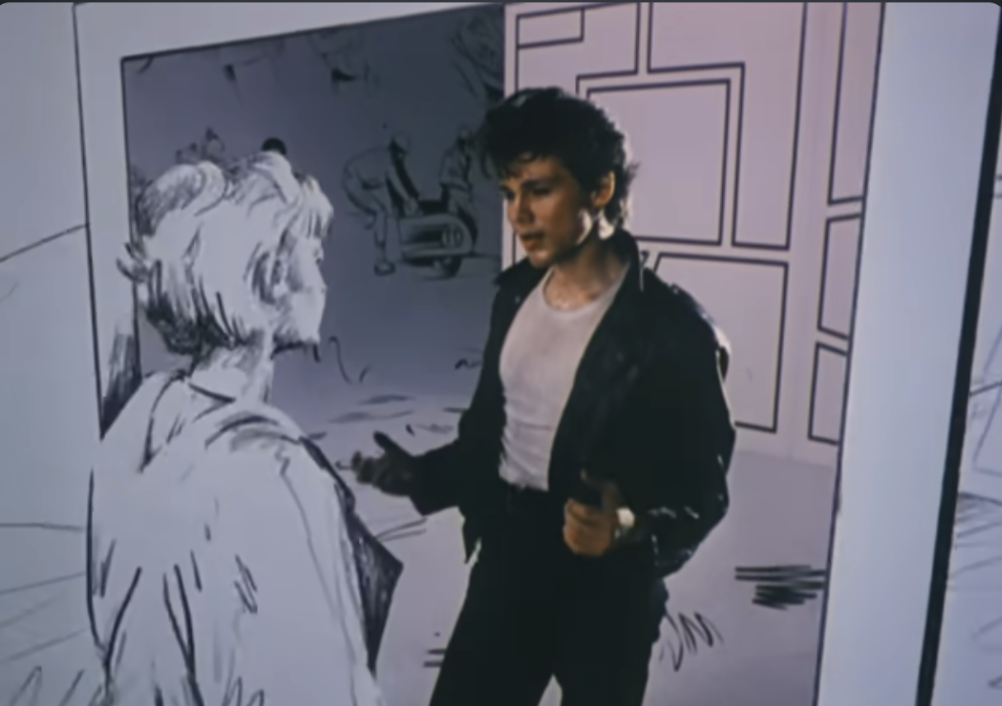
Released in 1985, “Take On Me” became an instant classic with its falsetto vocals, synth-pop beats, and groundbreaking music video. The Norwegian band A-ha had actually released the song twice before it hit, once in 1984 and again with a new video that combined pencil-sketch animation with live-action footage. That third time was the charm. It topped the Billboard Hot 100 and earned six MTV Video Music Awards. The track’s high note is famously difficult to sing, and its video remains one of the most acclaimed in music history.
While A-ha continued to make music, especially in Europe where they have a devoted fan base, their fame in the U.S. never returned to that level. Later singles like “The Sun Always Shines on T.V.” saw modest success, but they never re-entered the mainstream conversation. A-ha actually disbanded in 2010 and later reunited, continuing to tour in Europe. “Take On Me” has seen a second life through covers by artists like Weezer and featured spots in films like Ready Player One and Deadpool 2. Still, in America, A-ha is often remembered as a band with one unforgettable song, and an even more unforgettable video.
4. Ice Ice Baby – Vanilla Ice
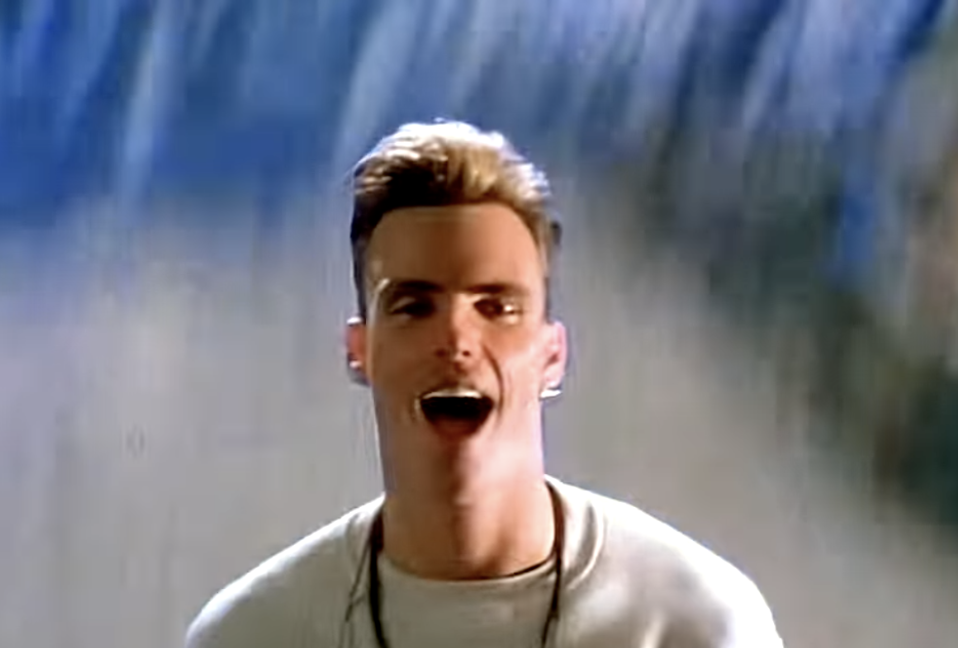
In 1990, “Ice Ice Baby” broke new ground by becoming the first hip-hop single to top the Billboard Hot 100. Rob Van Winkle, better known as Vanilla Ice, rode a wave of early ’90s MTV popularity with his slick dance moves and radio-friendly rhymes. But controversy swirled early, especially over his unauthorized use of the bassline from Queen and David Bowie’s “Under Pressure.” A lawsuit followed, though it was settled out of court. Despite the scandal, the track went platinum and sold over seven million copies worldwide.
Vanilla Ice’s career quickly became a cautionary tale. He was accused of being inauthentic and was rejected by the hip-hop community that had initially embraced his crossover success. Subsequent albums flopped, and his attempts to rebrand himself as a hard rocker and later a reality TV host never fully erased the “one-hit” label. He eventually leaned into his novelty status, starring in shows like The Vanilla Ice Project and making nostalgic appearances. “Ice Ice Baby” lives on through commercials, karaoke nights, and parodies, but his career never climbed those heights again.
5. Come On Eileen – Dexys Midnight Runners
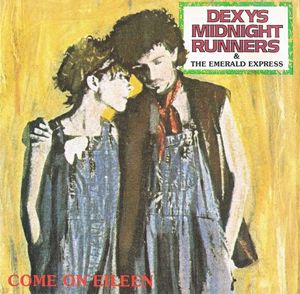
“Come On Eileen” was a genre-bending smash hit when it topped the charts in 1982. With its blend of Celtic folk, blue-eyed soul, and infectious tempo shifts, the song became a U.S. and U.K. #1 and won Best British Single at the Brit Awards. The lyrics reflected a nostalgic look back at youth and innocence, and the music video, with the band dressed in overalls and playing in gritty urban streets, added to their distinct image.
Despite its acclaim, Dexys Midnight Runners never managed to replicate that success internationally. Their follow-up releases were less commercially successful, and internal tensions led to multiple lineup changes. Frontman Kevin Rowland tried a solo career, including a controversial album of cover songs where he posed in drag, which confused fans and critics alike. “Come On Eileen” has endured in pop culture, from TV soundtracks to stadium sing-alongs, but the band remains largely frozen in time, remembered for a single moment of brilliance.
6. Tainted Love – Soft Cell
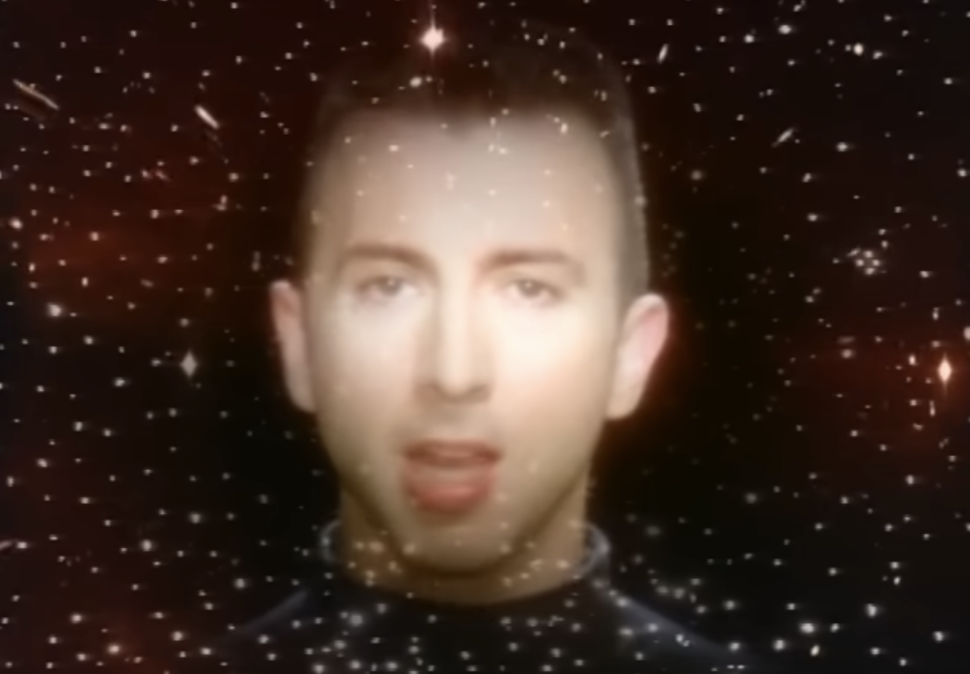
Soft Cell’s cover of “Tainted Love,” released in 1981, took a little-known ’60s soul song by Gloria Jones and transformed it into a synth-pop anthem. The song’s minimalist electronic beat, paired with Marc Almond’s tortured vocals, became a defining sound of the New Wave era. It spent a then-record 43 weeks on the Billboard Hot 100 and remains one of the most covered and remixed songs from the ’80s. Their version even spawned a medley with “Where Did Our Love Go?” when played live.
However, Soft Cell’s success proved fleeting. Follow-up singles like “Bedsitter” and “Say Hello, Wave Goodbye” saw limited success outside of the U.K. By 1984, the duo disbanded, with Almond pursuing a solo career and keyboardist David Ball collaborating with other artists. Soft Cell reunited briefly in the 2000s, but their reputation as a one-hit wonder remained intact. Still, “Tainted Love” continues to thrive in pop culture, featured in movies like Coneheads and The Shape of Water and sampled in numerous songs by later artists.
7. Who Let the Dogs Out? – Baha Men
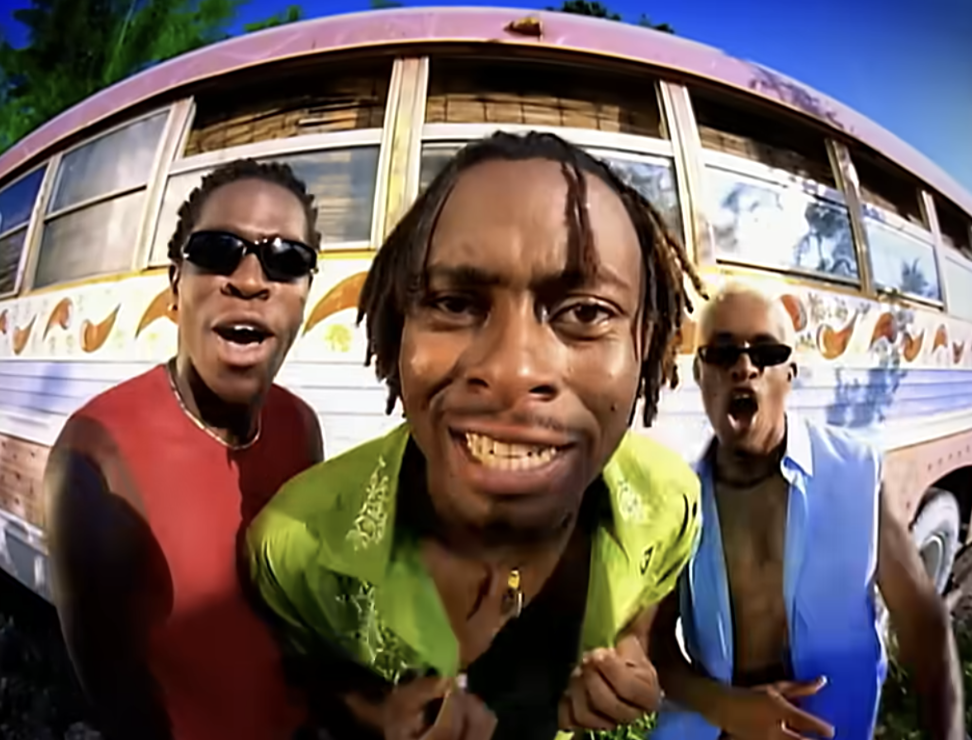
Originally written by Anslem Douglas in 1998, “Who Let the Dogs Out?” became an international hit when Bahamian group Baha Men released their version in 2000. The song won a Grammy for Best Dance Recording and became a staple at sports events, kids’ parties, and any place requiring crowd hype. Its repetitive chorus and barking sound effects made it instantly recognizable, if not endlessly replayable.
But the Baha Men couldn’t escape the novelty label. While they had several hits in the Caribbean and Latin markets, none reached the viral success of their canine anthem. Over the years, the song has been both celebrated and mocked, it was even named one of the most annoying songs of all time by Rolling Stone. Still, it has maintained its status as a go-to track for energy and silliness. The Baha Men continue to perform and record, but their global fame remains tethered to that one irresistible chant.
8. Mickey – Toni Basil
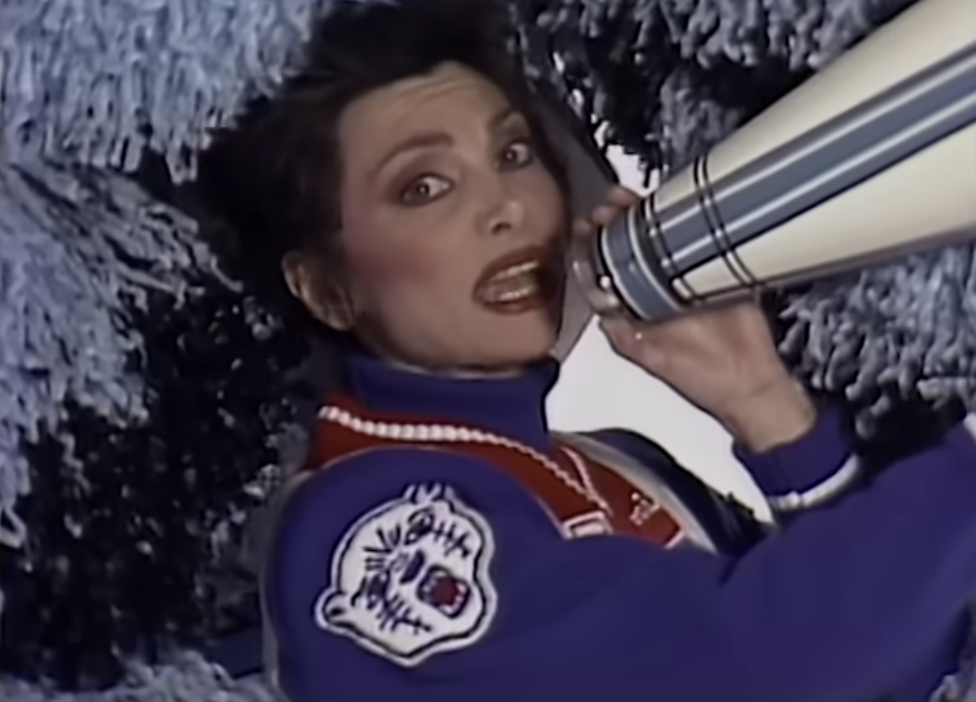
Toni Basil’s “Mickey” exploded onto the charts in 1982, turning a British pop tune called “Kitty” into a cheerleader chant with explosive energy. Backed by a high-octane video featuring Basil in full cheer uniform (she was 38 at the time), the song topped the Billboard Hot 100 and became a feminist anthem for some and a novelty hit for others. Basil directed and choreographed the video herself, showcasing her background in dance and performance.
Despite her experience in the entertainment industry, Basil never followed up with another hit single. She returned to her roots as a choreographer, working with artists like David Bowie and Bette Midler. “Mickey” continued to be featured in films, commercials, and even a Gwen Stefani sample decades later. Yet Basil’s name often gets lost behind the bow and pom-poms. Her one chart-topping moment, however, still echoes through every retro playlist.
9. 867-5309/Jenny – Tommy Tutone
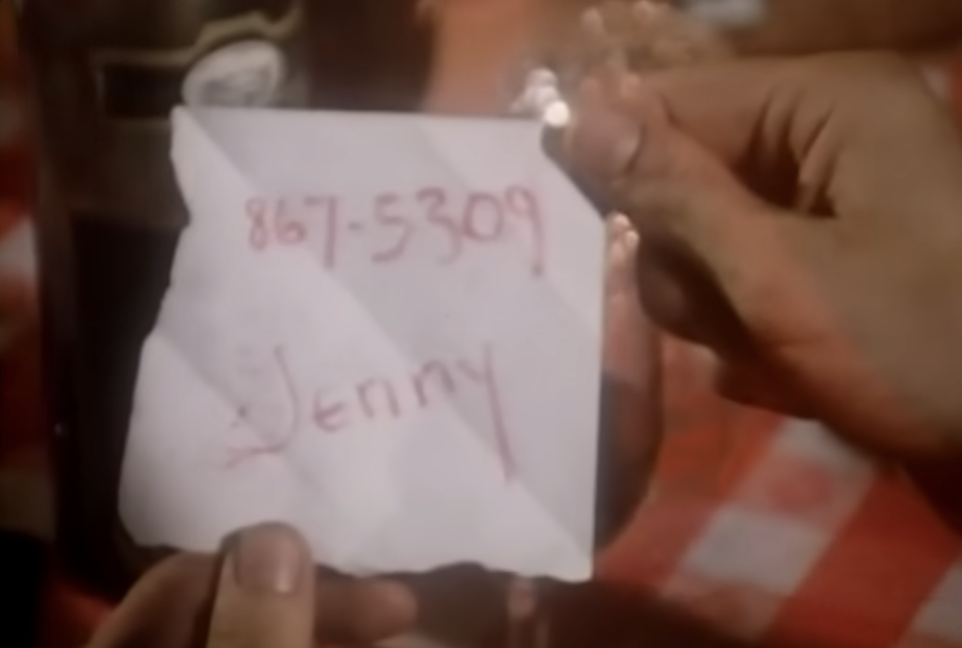
Released in 1981, “867-5309/Jenny” became an earworm for the ages. Written by Alex Call and Jim Keller, the song turned an ordinary phone number into a cultural phenomenon. It hit #4 on the Billboard Hot 100, and phone lines across the country were flooded with calls from pranksters asking for Jenny. Some businesses and individuals lucky, or unlucky, enough to have the number even tried to sell it.
Tommy Tutone, often mistaken for a solo act, was actually a band led by singer Tommy Heath. After the song’s success, their follow-ups failed to capture the public’s imagination, and the group disbanded shortly after. Heath continued to perform and even worked in the tech industry, but the band remained forever linked to a single hit. Decades later, “867-5309” still draws laughs, lawsuits, and sing-alongs, but the name Tommy Tutone is usually the trivia question no one can quite remember.
10. Bitter Sweet Symphony – The Verve

Released in 1997, “Bitter Sweet Symphony” instantly stood out for its melancholic tone and sweeping orchestral sample lifted from a Rolling Stones arrangement. The song’s moody strings and haunting lyrics gave it anthem status among alt-rock fans, and the accompanying video, frontman Richard Ashcroft walking unbothered down a London street, became iconic. It peaked at #12 in the U.S. and #2 in the U.K., earning Grammy nominations and near-universal critical acclaim.
But legal troubles marred its success. The Verve had licensed the orchestral sample, but not the underlying Rolling Stones composition, resulting in a lawsuit that stripped them of their publishing rights for years. Despite releasing several albums and garnering loyal fans, the band never achieved the mainstream success of this hit. The track remains a favorite in film trailers, sports montages, and nostalgic playlists, even as many forget the band behind it.
11. Somebody That I Used to Know – Gotye (feat. Kimbra)
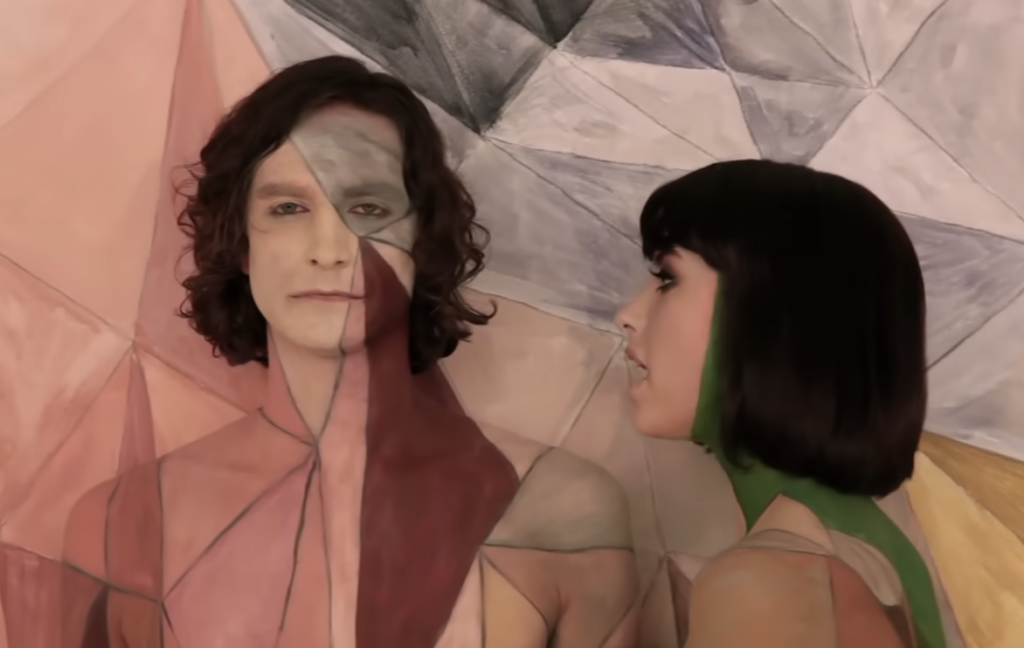
In 2011, “Somebody That I Used to Know” erupted across the globe like lightning in a bottle. The minimalist breakup duet, sung by Belgian-Australian artist Gotye and New Zealand singer Kimbra, topped charts in over 25 countries and went 13× platinum in the U.S. Its raw emotion and haunting instrumentation resonated widely, while the stop-motion body-paint video garnered hundreds of millions of views on YouTube.
Despite the overwhelming success, Gotye chose not to chase commercial fame. He didn’t release another album; instead, he returned to indie music and experimental projects. Fans waited for a follow-up, but it never came. Kimbra launched a solo career, but neither matched the massive footprint of their shared moment. To this day, the song remains one of the best-selling digital singles of all time, and Gotye remains a ghost of a global hit.
12. Tubthumping – Chumbawamba

When “Tubthumping” dropped in 1997, no one expected an anarchist punk collective from the UK to suddenly dominate global charts with a song about resilience, alcohol, and defiance. “I get knocked down, but I get up again” became a rallying cry and a sports anthem overnight. The song hit the Top 10 in dozens of countries and reached #6 on the U.S. Billboard Hot 100, despite—or because of—its oddball, pub-song vibe.
Behind the scenes, Chumbawamba had been an underground political band for over a decade, known more for activism than commercial success. The hit clashed with their values, and though they cashed in on its success, they actively tried to distance themselves from the mainstream afterward. Follow-up albums barely charted, and the band eventually dissolved in 2012. “Tubthumping” remains their only hit, but few songs have been screamed louder by crowds who didn’t know (or care) where it came from.
13. I’m Too Sexy – Right Said Fred
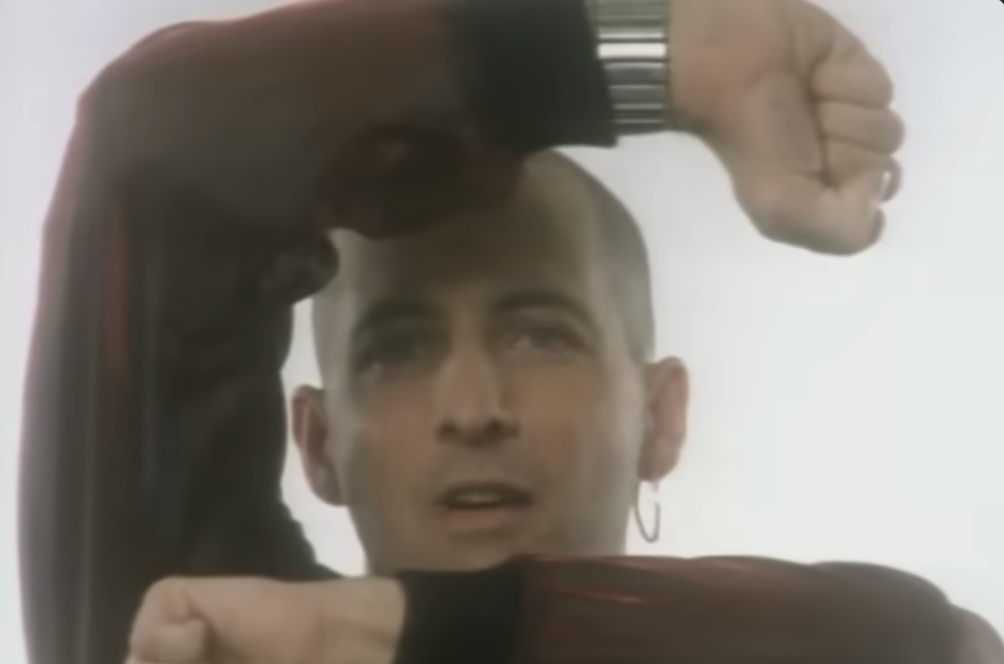
Silly, cheeky, and impossible to ignore, “I’m Too Sexy” strutted onto the scene in 1991 and never looked back. With its deadpan vocals, hypnotic beat, and runway-ready lyrics, the track became a global phenomenon. It hit #1 in the U.S. and topped charts in several countries, while the British brothers behind the band, Fred and Richard Fairbrass, leaned into the absurdity with full-on shirtless charm.
Despite releasing other singles and albums, Right Said Fred never recreated the magic, or the memeability, of their one mega-hit. Over the years, “I’m Too Sexy” has been parodied, sampled (famously in Taylor Swift’s “Look What You Made Me Do”), and referenced in commercials and comedies. It’s a song that manages to be both dated and eternal. Most people can quote the chorus instantly, but few can name the duo behind it without reaching for Google.
14. Breakfast at Tiffany’s – Deep Blue Something
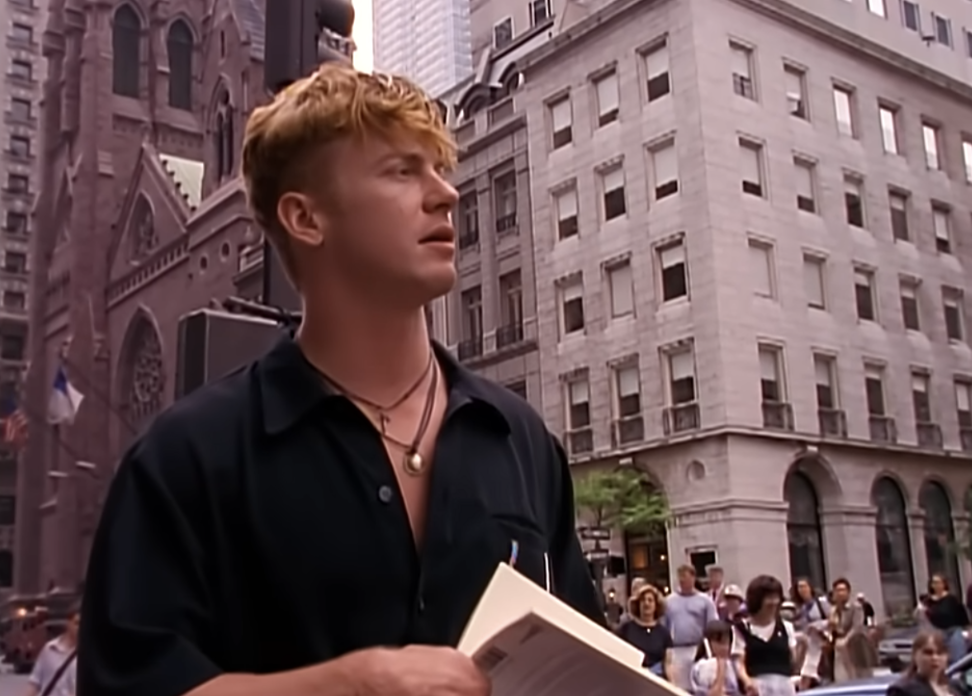
Released in 1995, “Breakfast at Tiffany’s” was a surprise alt-pop success from Texas-based band Deep Blue Something. The song, inspired by the Audrey Hepburn film, chronicled a couple trying to salvage their relationship through one shared interest: a movie. Its catchy chorus, jangly guitars, and slightly offbeat premise made it a radio staple during the mid-’90s and helped it reach #5 on the Billboard Hot 100 and #1 in the U.K.
Despite the single’s massive success, the band struggled to find a follow-up. Their album Home sold well initially, but their subsequent releases never charted significantly in the U.S. Internal label issues and shifting musical trends left the group largely forgotten, except for that one wistful track that continues to appear in rom-com playlists and ’90s nostalgia playlists. The song remains their defining moment, even if their name has largely faded from memory.
15. She Blinded Me with Science – Thomas Dolby

When “She Blinded Me with Science” dropped in 1982, it was unlike anything else on MTV. British synth-pop musician Thomas Dolby combined futuristic production, quirky lyrics, and soundbites from a mad scientist character (played by British TV personality Magnus Pike) into a track that was catchy, eccentric, and oddly charming. It peaked at #5 in the U.S. and became a signature song of the early MTV era.
Though Dolby was respected in electronic music circles and continued to produce and collaborate behind the scenes, he never had another major hit as a solo artist. The song’s science-lab theatrics made it a novelty, and its music video was just as memorable as the song itself. Today, Dolby is a professor of the arts and a tech innovator, but to the general public, he’s still best known as the guy who made science sound sexy, for about four minutes.
Fame Fizzled, But the Songs Live Forever

They ruled the charts for a flash, and then vanished. However, these artists left behind songs that continue to resonate through pop culture, commercials, karaoke nights, and our most cherished playlists. They may have only had one hit, but it was the kind that never really goes away.
This story, 15 One-Hit Wonders Everyone Still Knows—But the Artists Mostly Disappeared was first published on dailyfetch.net.


